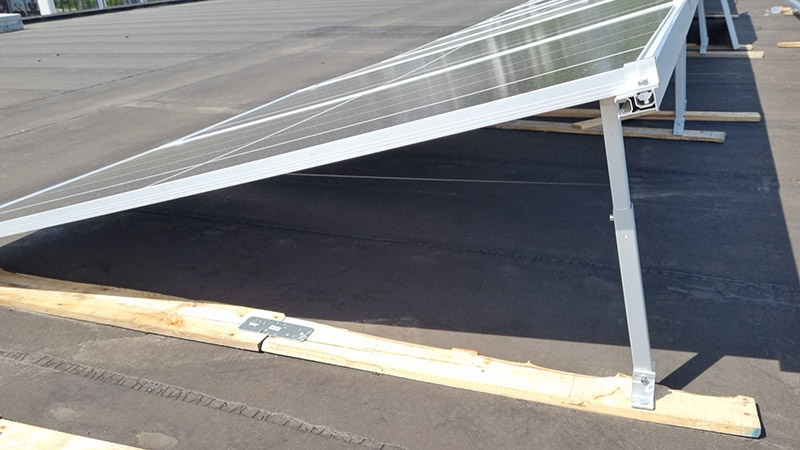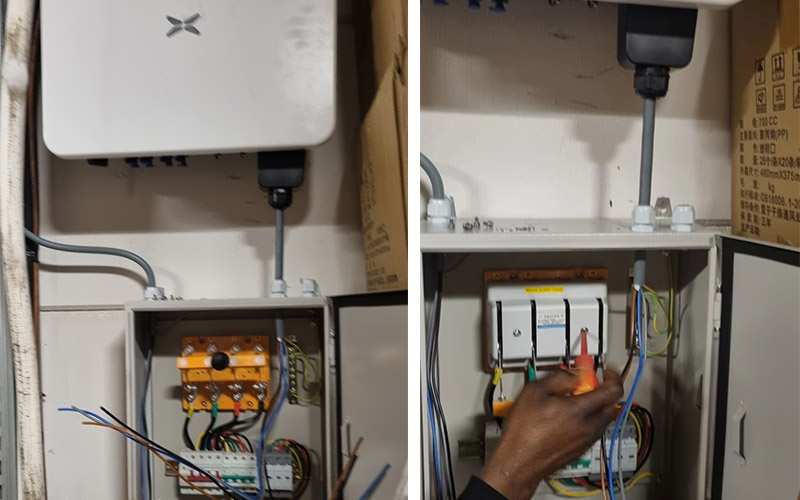Top 10 Solar Project Solution Factory In China
Location: Netherlands
Power: #22kw
Type: #On-grid

In 2022, William approached Tanfon to install a solar system on his factory's roof. He wanted a stable and safe system that could be connected to the grid. The grid in the Netherlands is known for its stability, After careful discussions, Tanfon suggested a 22KW three-phase #on grid solar system to meet William's monthly electricity consumption of 130KWH, and they configured the system in self-generation and self-use mode to maximize cost savings.
The installation of a solar system is an excellent investment for businesses, as it reduces their reliance on non-renewable energy sources and promotes a cleaner environment. In terms of the economic benefits, the initial investment may seem high, but over time, the cost savings and return on investment can be substantial.
By choosing a solar system, businesses like William's factory can significantly reduce their energy bills and even generate revenue by selling excess electricity back to the grid. In this case, the self-generation and self-use mode means that the factory will use the electricity generated by the solar system, rather than selling it back to the grid. This mode is a great way for businesses to maximize their cost savings by reducing their reliance on purchased electricity from the grid.
Moreover, solar systems have a long lifespan and require minimal maintenance, making them a cost-effective and low-maintenance investment. The technology is continually improving, making solar systems even more efficient and affordable.

In summary, William's decision to install a solar systemon his factory's roof is an excellent example of the economic benefits of using solar energy. While the initial investment may be high, the long-term cost savings and return on investment can be substantial. By reducing their dependence on non-renewable energy sources, businesses can not only save money but also contribute to a cleaner environment.
Solar systems are a cost-effective investment for businesses because they have a long lifespan and require minimal maintenance. They are also becoming increasingly efficient and affordable as technology continues to advance. Businesses can also generate revenue by selling excess electricity back to the grid, further increasing the return on investment.
In conclusion, William's decision to install a 22KW three-phase grid-connected solar system in self-generation and self-use mode on his factory's roof is a wise investment for his business. It provides economic benefits, reduces the factory's carbon footprint, and promotes sustainable energy use. As more businesses follow William's example, we can expect to see a significant shift towards renewable energy sources and a cleaner, more sustainable future.
